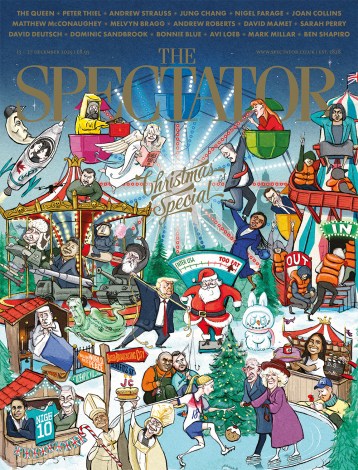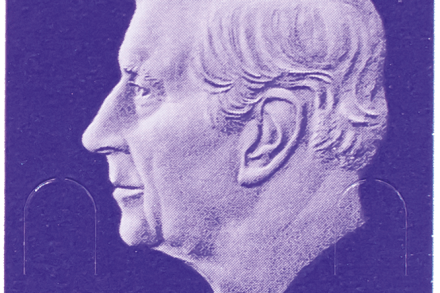How postcards made Britain
Worse for drink, and lonely in his Hollywood apartment, F. Scott Fitzgerald sat down to write a postcard. He began, ‘How are you?’, an important question as he was planning to send the postcard to himself. Although he never sent it, perhaps he understood the magical ability of the postcard to cheer us up. They’ve been doing that since the first ones – plain cards bearing a pre-printed stamp – were introduced into Britain in 1870. It took time for the current format as we know it to develop: picture on one side and, on the other, a space for the address and some words. By the Edwardian period, 800





